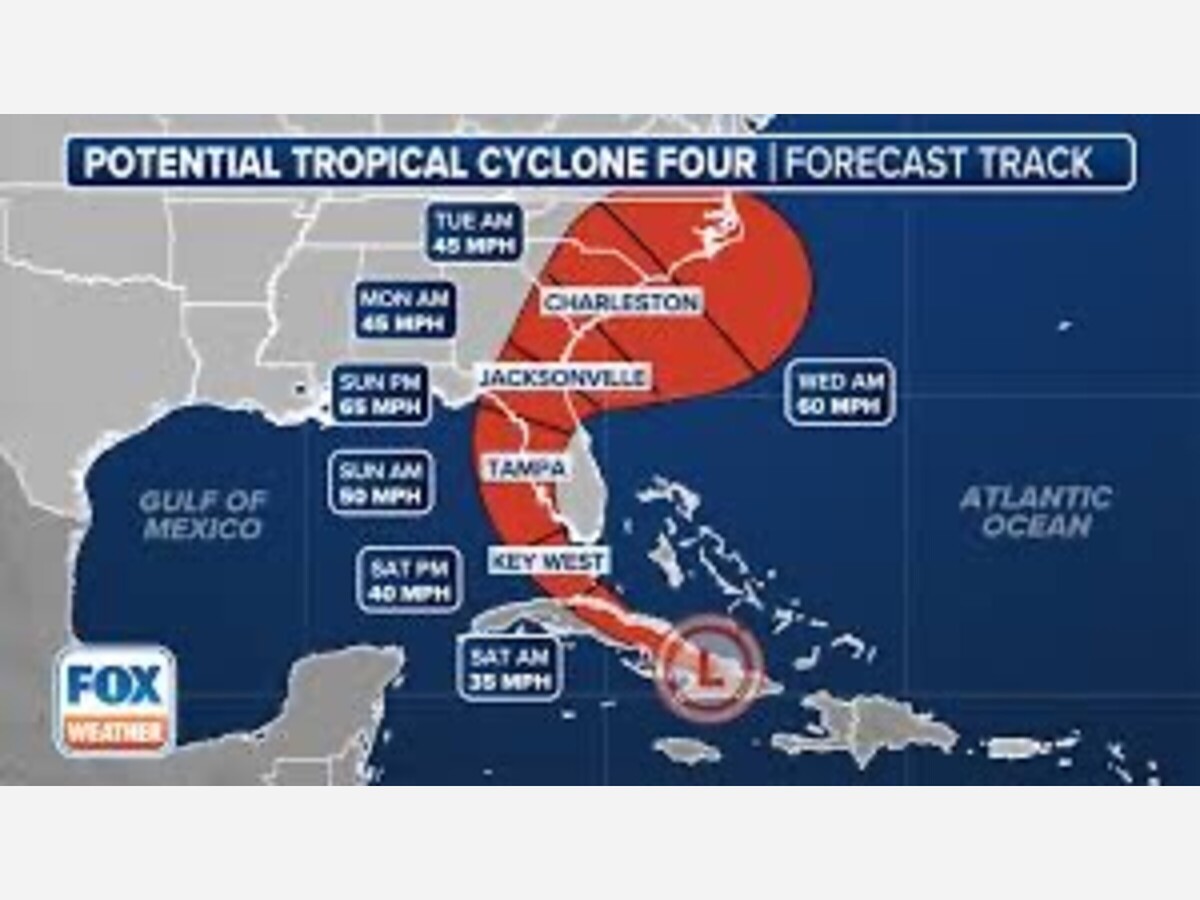Image

Tropical storms, often the precursors to hurricanes, are formidable weather systems that can cause significant damage and disruption. Characterized by organized thunderstorms and a low-pressure center, these storms form over warm ocean waters near the equator.
Tropical storms require specific conditions to develop:
As a tropical storm intensifies, it can evolve into a hurricane. The primary difference lies in wind speed: a tropical storm has sustained winds of 39 to 73 mph (63 to 117 km/h), while a hurricane's winds exceed 74 mph (119 km/h).
Tropical storms bring a variety of hazards, including:
Preparing for a tropical storm is crucial for protecting lives and property. Key steps include:
By understanding the nature of tropical storms and taking proactive measures, individuals and communities can significantly reduce their vulnerability to these powerful weather events.
Source: Gemini
Image Source: Fox News